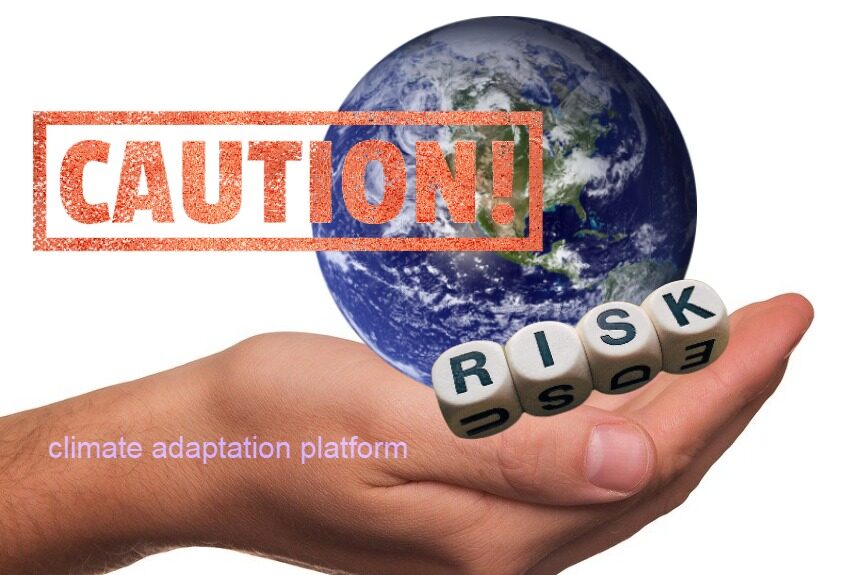Extreme natural events such as heavy rains, strong typhoons, cyclones, hurricanes, floods events, droughts, heatwaves, and storm surges are increasing in severity and frequency. Sea-level rise is threatening low-lying and coastal areas.
Climate change effects are complex and uncertain. For example, when evaluating the risk of a seaside community, conducting a formal risk assessment will include a lot of data, such as identifying potential events and their effects and identifying the time frame when the event is expected to occur.
Doing so brings some uncertainties, like not knowing when the event will occur and the consequences or impacts of these events on the community.
Risk science and resilience approaches
As risk science and approaches to resilience continue to evolve and improve, these new developments are crucial in addressing and adapting to climate change risks.
The study “Risk science offers an integrated approach to resilience,” published in Nature Sustainability, offers a new approach to managing climate change’s complex and uncertain risks.
The study notes that although risk and resilience are linked, there have been calls to treat and manage these two aspects separately.
Tom Mc Leod Logan, the study’s lead author, writes:
“Effectively managing risk in complex situations, such as climate change, requires a holistic approach. However, narrow and outdated views of risk remain prevalent. These views have confused the relationship between risk and resilience (e.g., the notion that resilience is synonymous with recovery). Our paper addresses these misconceptions, argues how the two concepts fit together, and identify key lessons and considerations from risk science that are important for managing and building resilience.”
The authors presented the traditional definition of resilience which is:
- “To recover quickly from difficulties and ability to maintain or return to its previous state in the face of a disturbance.”
- “The ability of a system and its parts to anticipate, absorb, accommodate, or recover from the effects of a hazardous event in a timely and efficient manner.”
The study argued that the definition should take a broader view apart from just being able to resist and recover and retain its essential function and structure. The system should be “able to transform, or shift between equilibrium, adapting and learning from the events that occurred.”
The study highlighting the latter component of resilience notes that “Investing solely in robustness—the ability to absorb or withstand impacts—may be devastating if the community is unable to recover in a failure. However, even balancing robustness and recovery is insufficient, given ongoing global environmental changes.”
As an example, the authors cite how a seaside community can ensure its future viability in the face of sea-level rise. The study notes that “the community needs the capacity to persist, recover, adapt, and transform to maintain stability when appropriate and change when necessary.”
In climate change and natural hazards, the long-term impacts and functioning of systems should be considered. It is not only important to focus on the system’s recovery after the event but also on reducing the effects of future events, which will require transformation and climate adaptation.
The authors argue that risk and resilience should not be arbitrarily separated or managed independently; instead, they present a holistic and integrated framework for risk and resilience.
According to the study, the advantages of using holistic and integrated management include the following:
- promotes efficient use of resources and enables considerations of trade-offs and synergies;
- encourages the use of risk science, which continues to evolve, including the ability to measure complexity; and
- the ability to implement resilience through disaster risk reduction plans.
To read the entire study, click the link provided in the “Source Citation” below.
Source Citation:
Logan, T.M., Aven, T., Guikema, S.D. et al. Risk science offers an integrated approach to resilience. Nat Sustain (2022). https://doi.org/10.1038/s41893-022-00893-w



Leave a Reply